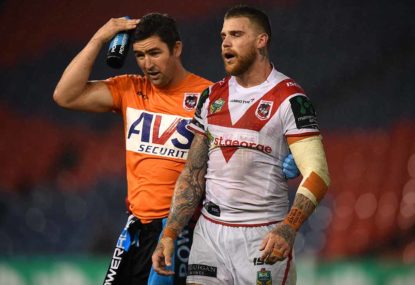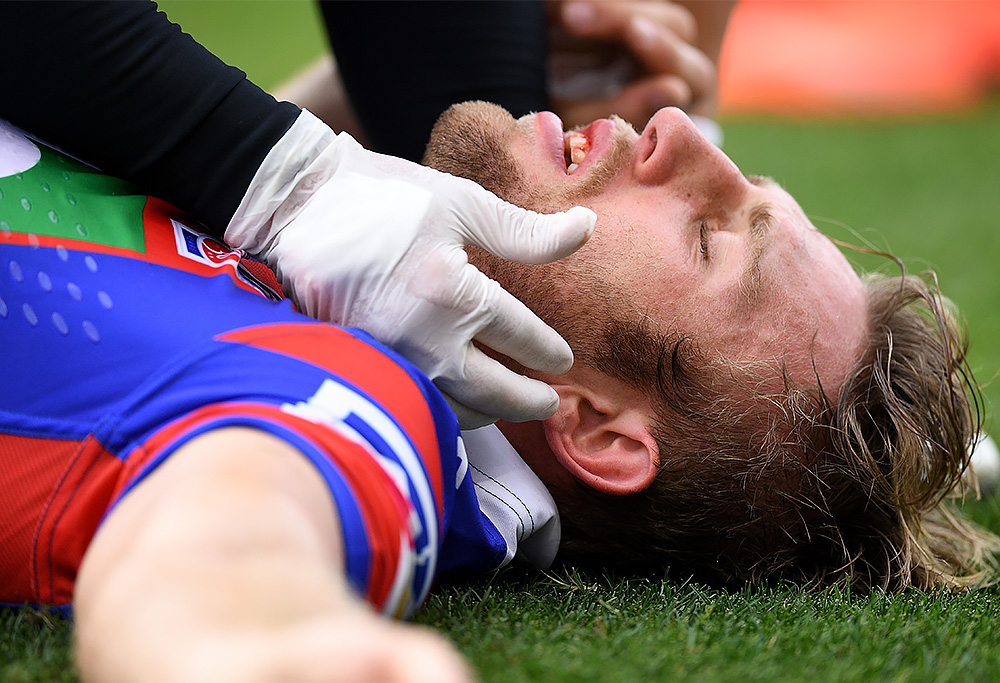NRL Round 9 Teams: Manly set to fight for star, Injuries could force Broncos reshuffle, Roosters sweat on stars
All the team list information for Round 9.

Many self-confessed ‘sports nuts’ pride themselves on knowing every rule, player and statistic of their favourite sport – typically using their sporting knowledge to win a Saturday afternoon argument in front of the television when the game is on.
But how much does the same fan know about the anatomical intricacies that cause their favourite player to be forced from the field with ten minutes left and the score locked at 12-12?
We’ve all heard the phrase ‘HIA’ discussed during an NRL game, but what exactly does that mean?
The term HIA refers to what is known as a head injury assessment. The HIA assessment is used to provide early recognition and subsequent treatment of traumatic brain injuries – most commonly, concussion.
Concussions are a medical condition and require immediate medical attention. Concussion involves a disruption in nervous system activity, with a section known as the reticular activating system, found in the brainstem, believed to be involved. Put simply, the reticular activating system is a network of nerve pathways that inevitability controls a person’s level of consciousness.

(AAP Image/Dan Himbrechts)
While there are no structural changes within the brain after a concussion, functional alterations that ‘stun’ the nervous system occur, resulting in possible signs of amnesia.
Typically, a player may experience anything from headache, blurred vision, fatigue, memory loss, nausea and/or decreased balance. Such symptoms may not seem all that serious, but total recovery typically takes 7-14 days and shows why your favourite player might not be able to return to the park for the next game – let alone the current one.
The SCAT3 is a common tool used by club doctor’s to help assess the presence of concussion during HIA testing. SCAT3 refers to ‘sports concussion assessment tool’ and examines things such as level of consciousness, cognitive ability, memory, symptoms present and balance and coordination.
When the results of the SCAT3 assessment suggest concussion, the player is ineligible to return to the field.
Playing on with concussion may seem brave, however, the risk concussion poses should not be taken lightly. Any potential concussion should be reviewed by a qualified health professional and treated with the urgency of any other medical condition.
After all, what is the point of a long rugby league career if you can’t remember it?